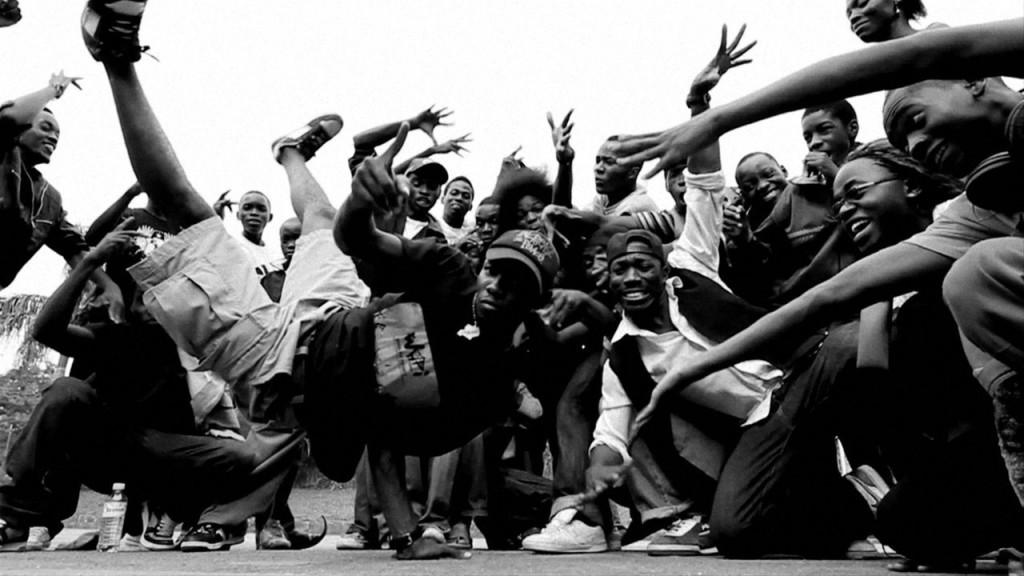Hip-Hop – Critics, Take a Closer Look
Darden Livesay ’15
“As far as I’m concerned, most rap and hip-hop music — with its rape culture and insanely abusive lyrics and depictions of girls and women as ‘ho’s’ — is the contemporary soundtrack of misogyny.” This excerpt comes directly from the memoir of political activist Ashley Judd. In countless instances, I completely understand and agree with Judd’s words. Poor quality hip-hop exists, and one-dimensional artists such as Soulja Boy attest to this with their rudimentary, misogynist lyrics and repetitive instrumentals. However, she has overlooked the many outstanding works of rap for which her statements do not hold true.
Hip-hop, in its purest state, is an art form that requires intelligence, creativity, and innovation from its participants. Rapping is no everyday act that any average individual could perform; rather, it calls for extensive practice and fine-tuning. The writing process for rap is comparable to that of other music in that there are generally verses and a chorus (although not always). What distinguishes it, though, is the manner in which it must be crafted. The lines follow a certain rhyme pattern and also must fit the syllabic constraints of the song’s beat. The most familiar rhyme structure would be the “aabbcc…”, but the true wordsmiths of hip-hop often employ internal rhymes in between to create more of an “abbabb…” format.
When people think of the traditional rhyme, they tend to only match monosyllabic terms that rhyme exactly, for example the words “pear” and “fair.” In reality, the repeated use of those rhymes is viewed as simplistic and monotonous in the hip-hop community. The most skilled rappers commonly alter the pronunciations of words in order to pair ones that otherwise wouldn’t match 100%, subsequently creating polysyllabic rhymes. Artist J. Cole quintessentially captures this action in his song ‘03 Adolescence, “So how you lookin’ up to me, when I look up to you?/ You ‘bout to go get a degree, I’m-a be stuck with two/Choices, either graduate to weight or sell a number two.”
Aside from the lyrics is the complementary instrumental intended to further convey the overall tone and message of the song. Contrary to public generalizations, rap beats do not only consist of overwhelming amounts of bass. In fact, many times the beats include eclectic samples from other music, movies, videos, and so on. Hip-hop producer DJ Premier, for example, is well-known for his ability to take the seemingly unrelated samples and coherently implement them into his songs.
So where to go from here? Well, my list of hip-hop listening suggestions could extend far beyond this page, but I will limit it to the following: Eric B. & Rakim, The Roots, Mos Def, Talib Kweli, A Tribe Called Quest, and Lupe Fiasco. The aforementioned are all artists who entirely disprove Ashley Judd’s generalized analysis of rap music. Unlike some of their contemporaries, they use considerably less profanity and misogynistic lyrical content. Furthermore, the sheer intricacy, poetry, and overall consciousness of their messages far outshine the cursing imbedded few and far between in their songs.

